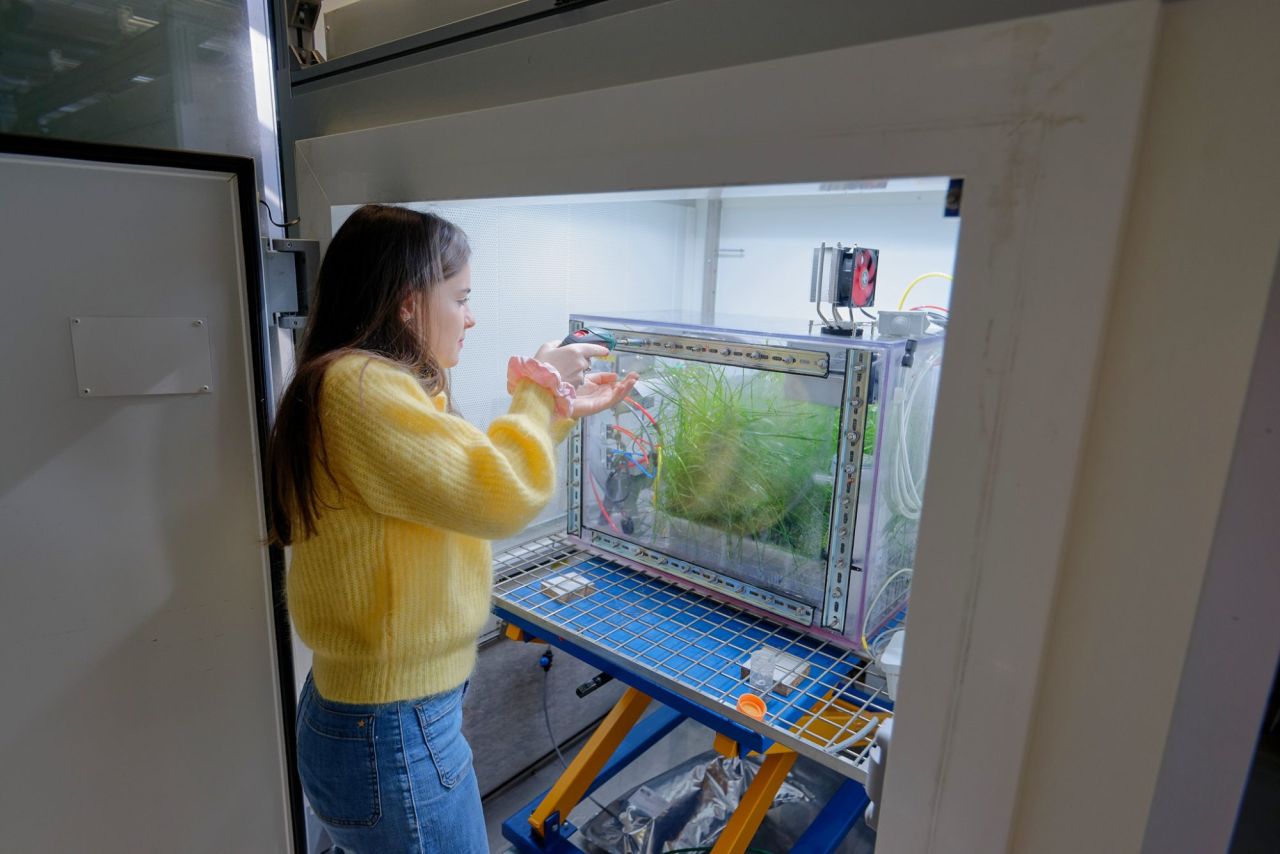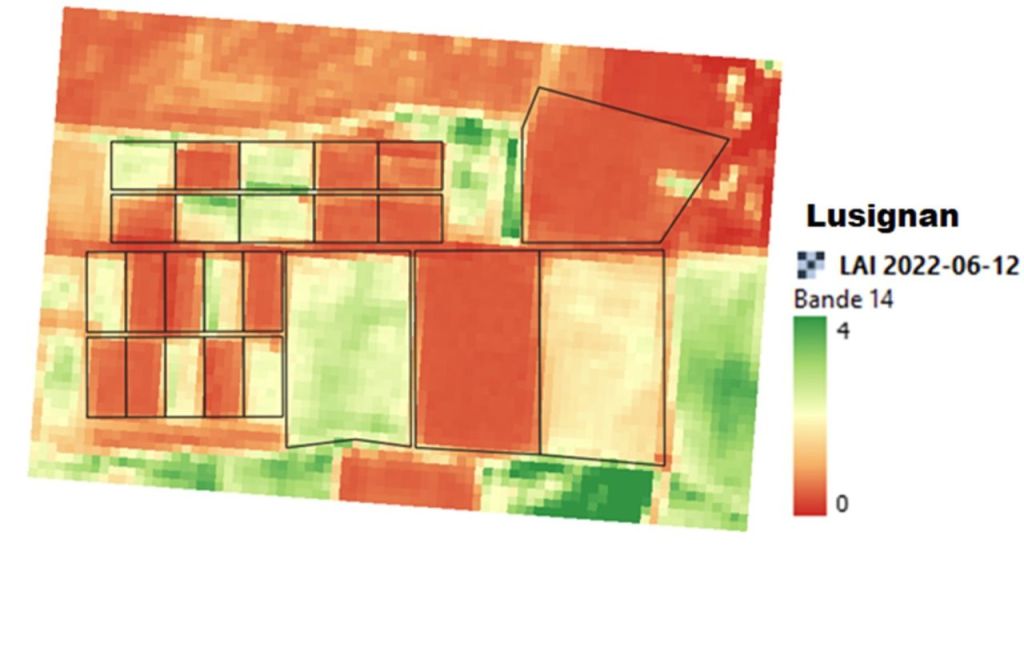
Clémence Paul defended her PhD thesis on January 18, 2024 at LSCE (Université Paris Saclay), entitled "Fractionation of oxygen during biological processes: application to the reconstruction of past biospheric productivity". This thesis was conducted under the supervision of Amaëlle Landais (LSCE) and Clément Piel (ECOTRON, Montpellier). The experimental part of her work on terrestrial ecosystems was carried out at the Montpellier Ecotron on the Microcosmes and IsoFlux platforms.
Abstract
The isotopic composition of oxygen trapped in air bubbles in ice cores can be used to reconstruct the global productivity of the biosphere in the past, as well as to document the evolution of the water cycle at low latitudes. The aim of this thesis was to improve the interpretation of O2 δ18O. To this end, we have improved the determination of the various fractionation coefficients associated with the oxygen cycle in the terrestrial biosphere, i.e. during the processes of respiration and photosynthesis. To quantify these fractionation coefficients, we have developed a new experimental set-up based on a system of multiplexed enclosed biological chambers in which all environmental parameters are controlled, stabilized and measured. These enclosed biological chambers have a volume of 120 L, making it possible to study a "plant + soil" system. The first step was to develop a prototype with a single biological chamber and carry out an initial study on fescue. This was followed by a second development, enabling us to work on several biological chambers via a multiplexed system. We also developed an optical spectrometry instrument (SARA-O2) for continuous measurement of O2 concentration and isotopic composition during multiplexed chamber experiments. This replaces manual mass spectrometry measurements of samples taken from the chambers. This system has been used to study fractionation coefficients for several plants (fescue, banana, laurel, maize). In particular, we demonstrated an isotopic fractionation associated with terrestrial photosynthesis. The biological fractionations found in these experiments were finally integrated into global calculations of the isotopic composition of atmospheric oxygen, and compared with measurements taken during the last deglaciation. This led to the conclusion that past variations in the δ18O of O2 in the atmosphere are mainly linked to variations in the hydrological cycle at low latitudes.



